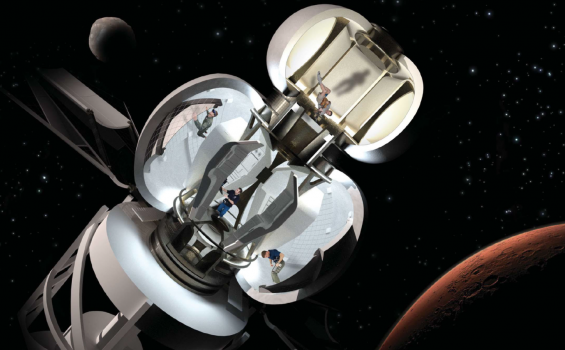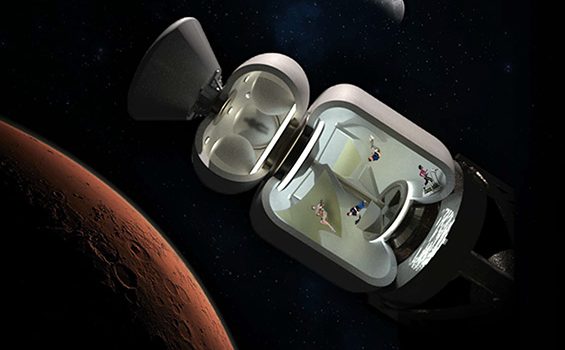Outcomes projects
Course Objective
xHab – Human-Centered Space Studio, Mars Transit Habitat, and Mars Surface Habitat.
Awarded a 2016 NASA eXploration (X-HAB) Innovation Grant, this course provides undergraduate and graduate students from the Schools of Architecture and Design the opportunity to work together and in direct association with NASA astronauts, scientists, physicists, and engineers.
Students in this collaborative, full-year design course, co-taught by Michael Morris and Rebeccah Pailes-Friedman, designed a transit habitat for a manned mission to Mars in the fall semester of 2015 and built the actual test prototype(s) in the spring term of 2016.
Pratt’s Industrial Design and Architecture students worked with scientists, engineers, and astronauts from NASA as well as consulting professors and researchers from other universities on all aspects of research, design, and fabrication. Field trips to NASA’s Johnson Space Center gave them the opportunity to make presentations, study and tour the facilities.











